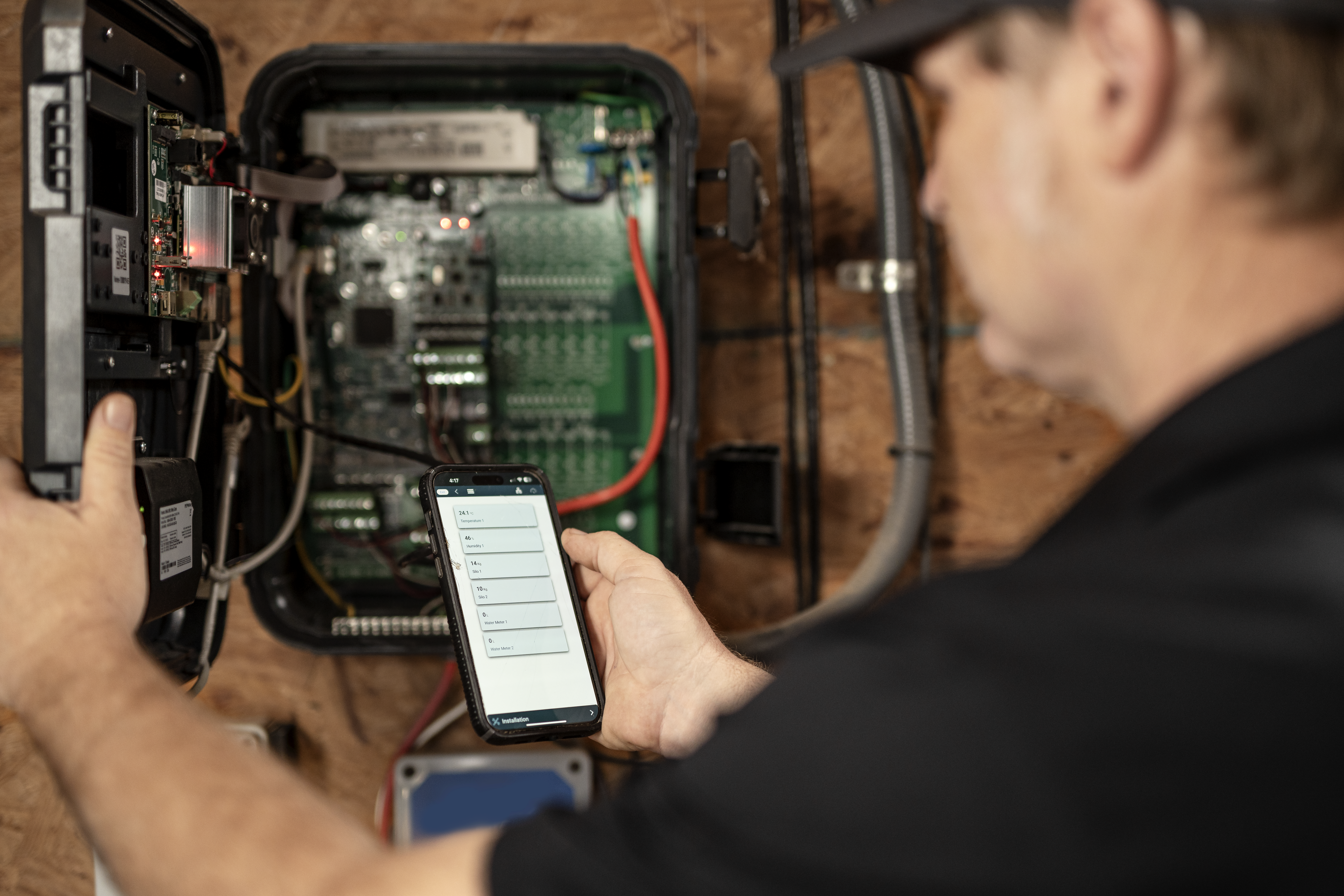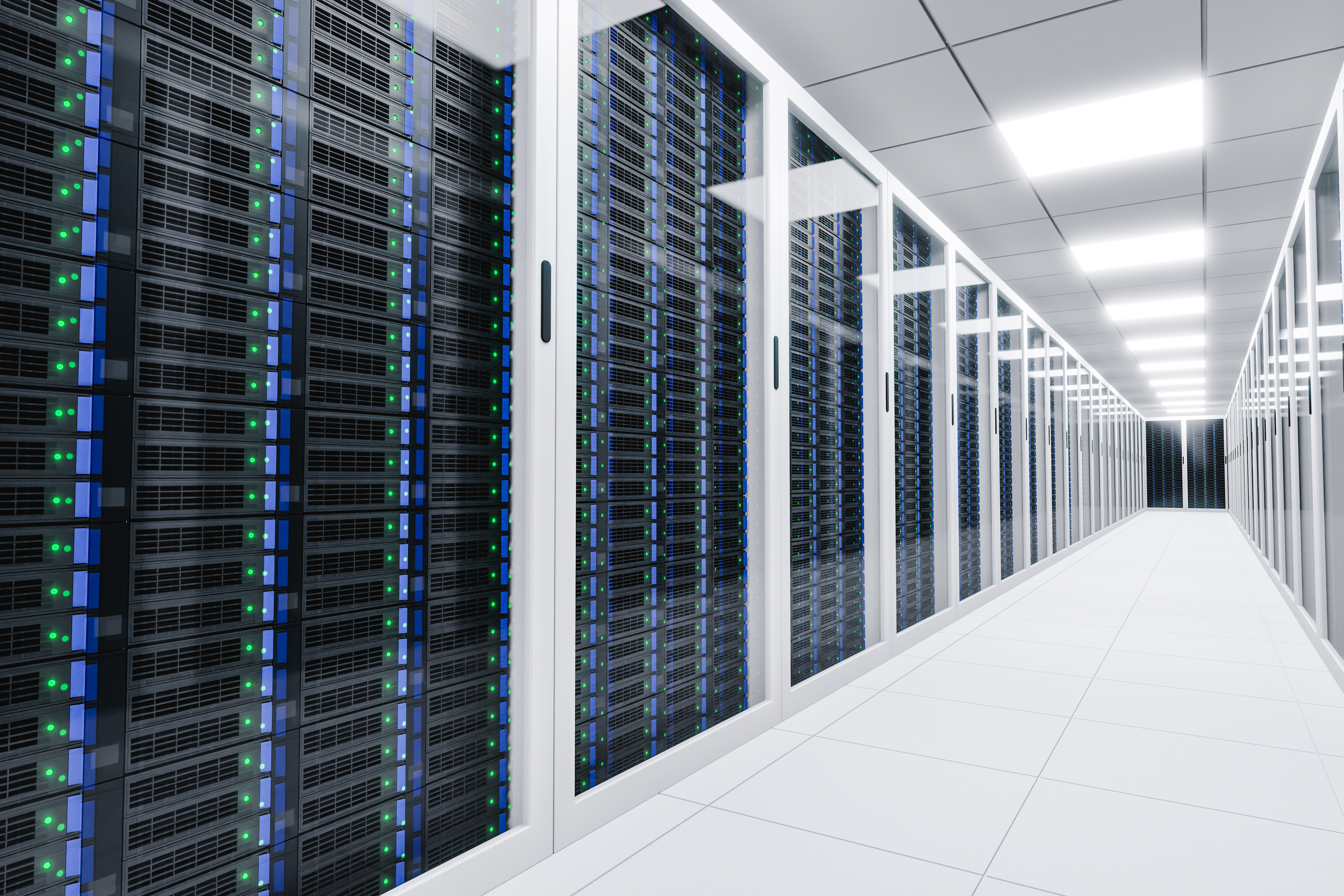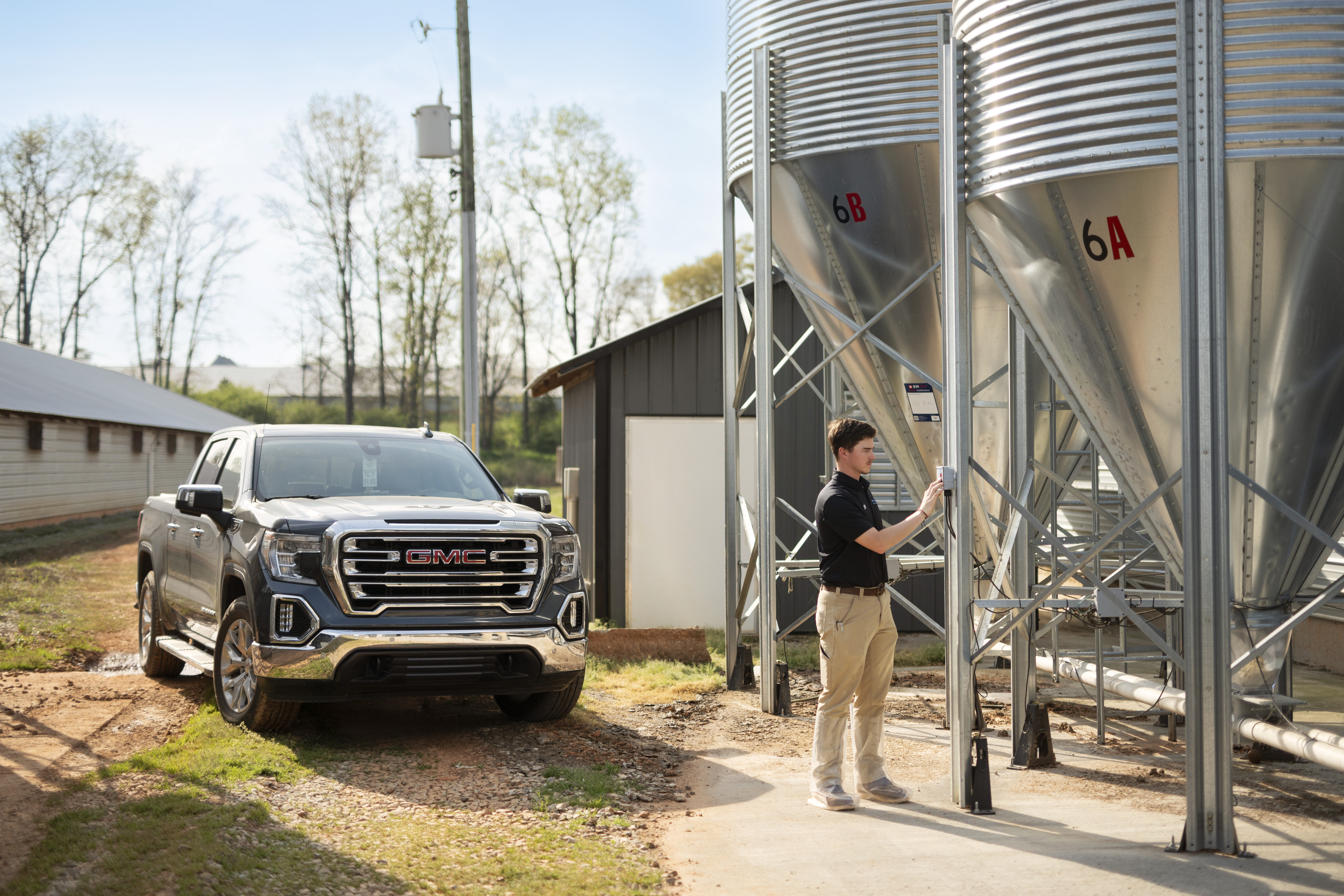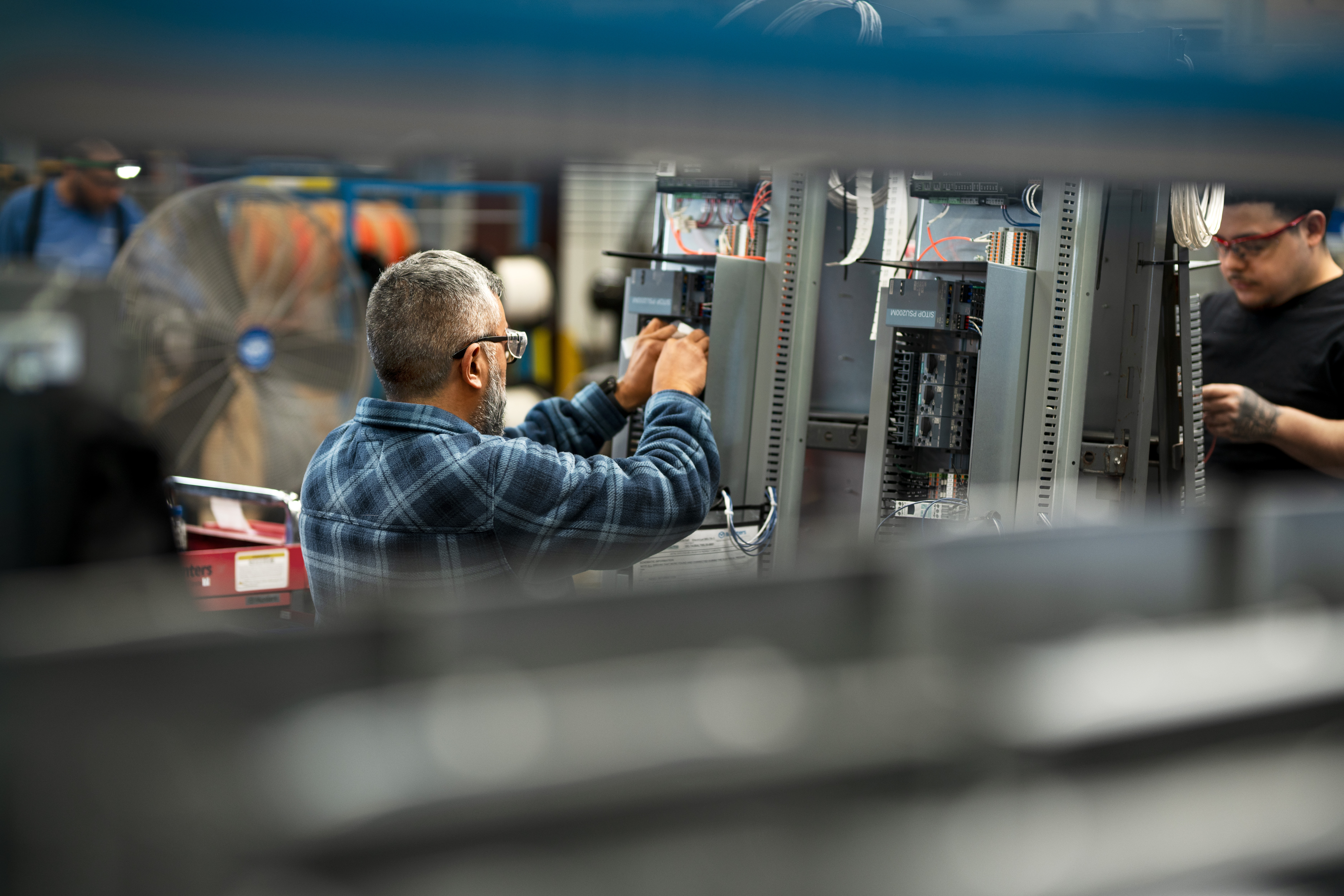
Harnessing the power of data: How partnerships are transforming farming
Aug 25, 2024
From connecting farms to enabling the entire food supply chain to communicate seamlessly, Munters is at the forefront of innovation in the agricultural sector. With its comprehensive portfolio of controllers, sensors, and IoT systems, they help farmers and food producers harness the power of data.
Since the early 2000s, Munters has been helping farmers and food producers gather crucial information about their livestock to run a more efficient business.
Initially, it was mainly about connecting farms using their controllers. But with the rise of AI, sensors, and IoT systems, the entire food supply chain can now "talk to one another", enabling better decisions at every step, from farm to fork.
Among the companies in the Munters ecosystem that are leveraging the latest technology is InoBram, a Brazilian manufacturer of climate controllers in the broiler and swine segments.
Munters acquired a majority share in InoBram in 2023. Since then, InoBram has connected their controllers to Amino, a food supply chain optimization software developed by US subsidiary MTech Systems.
With MTech’s expertise in advanced data integration and predictive analytics, InoBram can now provide crucial data to customers in Brazil and nearby countries, providing significant cost savings and improved animal welfare.
“For the first time, our customers can benefit from the data we collect,” says Cleverson Brandelero, Co-founder and CEO at InoBram. “This has huge cost implications for them.”
The future of farming
Cleverson gives an example of how the partnership with MTech is benefitting one of its largest customers in Brazil.
“Our customer supplies chickens to international markets and needs to ensure they meet specific weight requirements. If the chickens are overweight or underweight, there are financial penalties. By connecting Amino to our controllers, the weight of chickens can be optimized, reducing waste and penalties."
With the right data at hand, customers can adjust feed and climate conditions on the farm, as well as detect diseases early.
“The possibilities are endless,” says Cleverson.
In the future, he hopes that Munters ecosystem of controllers and digital solutions will be able to connect with other equipment outside the food supply chain.
“We should use predictive systems to provide actionable insights,” he says. “For example, integrating weather forecasts can help farmers prepare for cold days in advance, making operations more efficient. It’s exciting to be at the forefront of this with our partners around the world.”
Learn more about how Munters is supporting the food supply chain with digital tools.

19324-en-hhga3343.webp



